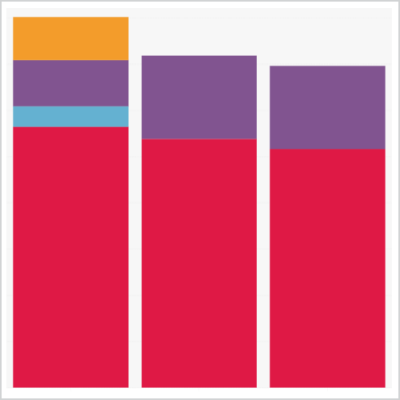The public health grant has been increased but is still too low The 2020/21 public health grant allocations are a welcome increase, but are not enough to reverse previous cuts entirely
30 March 2020

- The public health grant is given to local authorities and is mostly spent on vital preventive and treatment services, including help to stop smoking, children’s health services, sexual health clinics and drug and alcohol services.
- The public health grant allocation for 2020/21 provided an additional £80m in real terms, a 2.6% increase on the previous year.
- While the increase is welcome, the grant overall is still 19% below the 2015/16 level and falls short of the £1bn per year necessary to restore cuts to the service.
What is the public health grant?
The public health grant is given by central government to local authorities to deliver vital preventative and treatment services, including help to stop smoking, children’s health services, sexual health clinics and drug and alcohol services. In the longer term, public health funding is therefore of crucial importance to address the stalling of improvements in life expectancy and widening of health inequalities highlighted in The Marmot Review 10 Years On.
Local authority public health teams also have a vital part to play in the national response to COVID-19, working alongside the health service. The current situation reinforces the need for a properly funded, resilient local public health system.
What has happened to the public health grant?
In 2020/21, the allocation is £3.2bn in 2019/20 prices. This is an increase on the previous year of 2.6% (after inflation), or £80m.
However, this still means the public health grant is below its peak in 2015/16 of £4bn by around 19%. Factoring in population growth over this period means the shortfall is even larger, around 22%.
The 2020/21 the core public health grant (excluding the additional responsibilities added in 2015/16), is higher than the previous year. However, it is still lower than in every other year since 2013/14, when the grant was first handed to local authorities.
The grant was reduced in-year in 2015/16, at the same time as the remit of the grant expanded to include a range of new responsibilities for children’s services for under-fives such as health visitors.
For individual services, many of the largest spending cuts made by local authorities have been in areas such as tobacco control/stop smoking services, youth drug and alcohol services, and public health advice.
The government has stated its intention to focus on prevention in health, as well as deliver five extra years of healthy life and close inequalities on this measure. The cuts to the public health grant have come in the context of increasing inequalities in life expectancy and slowdowns in improvement in mortality. If the government is to make this vision a reality, properly and sustainably funded public health services have to be part of the solution.
Further reading
Work with us
We look for talented and passionate individuals as everyone at the Health Foundation has an important role to play.
View current vacanciesThe Q community
Q is an initiative connecting people with improvement expertise across the UK.
Find out more

